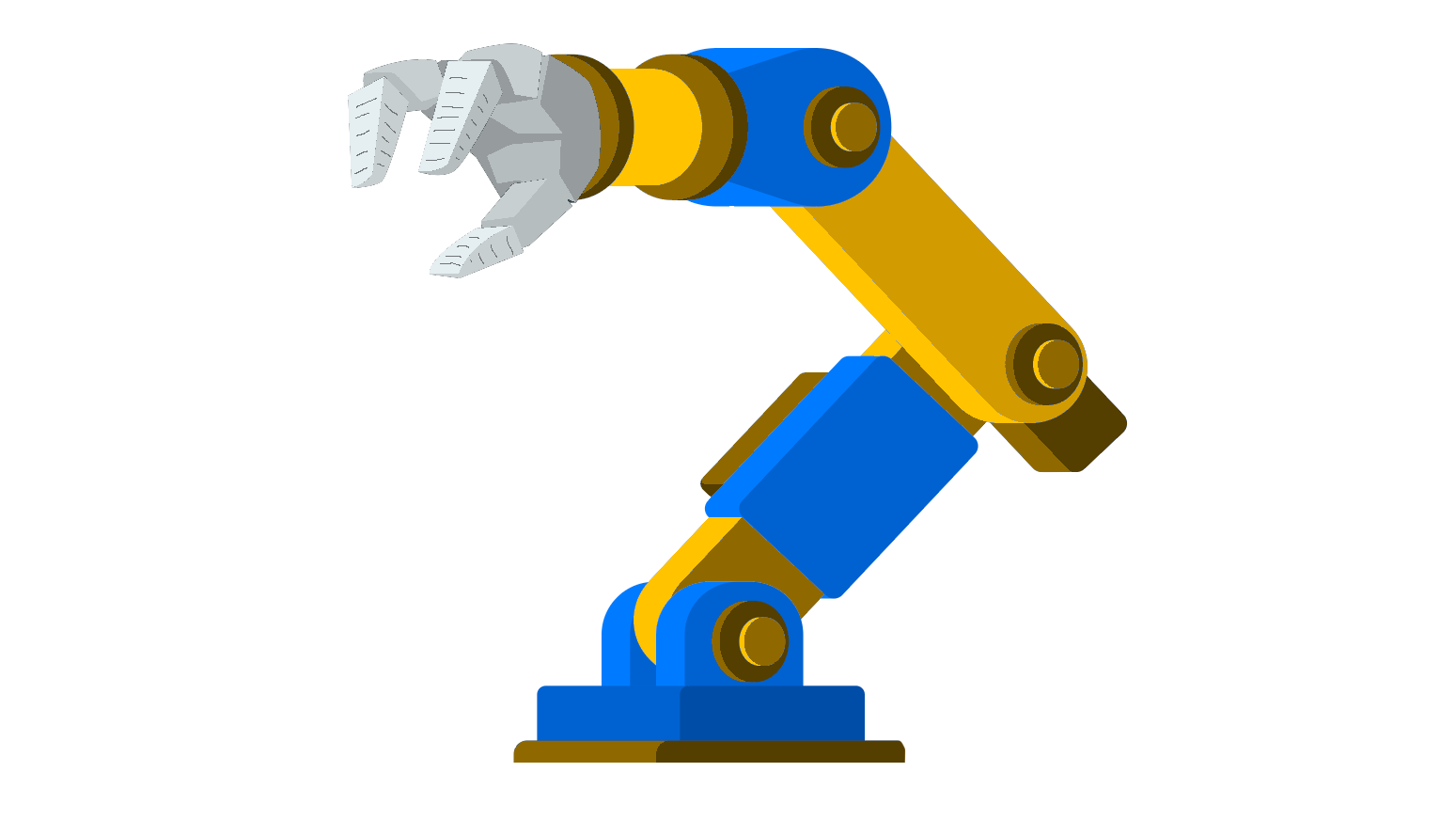
More and more every year, people are turning to e-commerce to fulfill
most of their shopping needs. A 2021 survey by NerdWallet revealed that
two thirds of Americans had planned to do the majority of their holiday
shopping online, and 2022 is likely to yield similar results.
To answer the hunger for quick delivery and virtually endless product
selection, online shopping giants like Amazon have built fulfilment
centers around the country and have even gone as far as to invest in
robots to find products in their mammoth warehouses and bring them to
human packers. But could the need for efficiency bring even more
automation into the fold?
Euisun Kim, PhD, assistant teaching professor of mechanical engineering and mechanics,
think so. The principal investigator behind the Bio-Inspired Robotics
& Design (BIRD) Lab in Drexel Engineering, Kim studies how robotics
that mimic biological functions can improve the “pick and place” aspect
of order fulfillment.
“It would be easy to develop a robot that can fit a single need or pack
a single product. In fact, you’ve seen that done plenty of times,” Kim
explained. “But when you have a variety of items with different sizes
and shapes, and some that are soft while others aren’t, you need a
better solution.”
Kim traces her interest in robotics back to high school, when she saw a
documentary on rehabilitation engineering.
“I was fascinated with wheelchair technology and prosthetics and
computers that interfaced with the brain to help people’s quality of
life,” she said. “That’s what really got me to study mechanical
engineering.”
After completing her PhD work developing a robotic system for therapy
intervention, Kim took what she had learned about how robotics can help
biological systems and started to think about how the reverse could
also apply.
“My current focus is on soft robotics, which in some ways is literally
what it says it is: robotics made from soft material,” she explained.
“But it’s also about looking at how the way that biological systems
treat the world around them and finding a way for robotics to mimic
that.”
Some industries already use soft robots to pick and package their
items. Soft-tipped pincers are controlled by compressed air to open or
close on a single type of product. Kim is currently working with a PhD
student to research the current state of soft grippers and find
opportunities where biologically-inspired design can make the most
impact. She imagines a future where soft robots can be programmed to
pick and package different kinds of products, reducing the need for
different kinds of grippers to handle different things.
“We take inspiration from how an octopus uses its leg to grip around
something, or how a worm will move by flexing its muscles to make
itself long and then short again,” she said. “We can apply those same
kinds of motions to grab a hold of thanks of various sizes without
needing to completely reprogram the robot each time to handle an object
of a different size. This will make warehouses more efficient, less
error prone, and ultimately make the end users that much happier.”